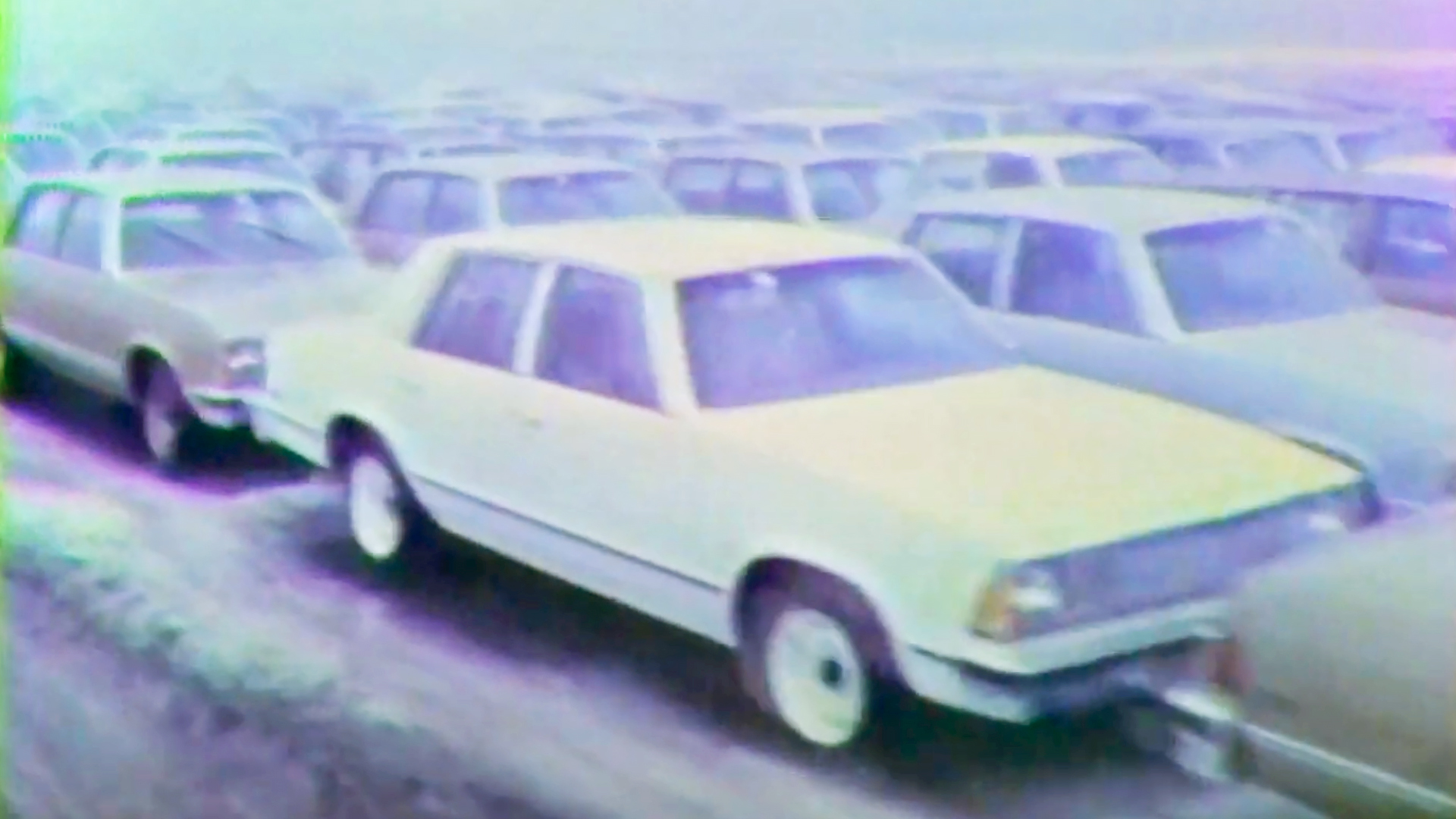

The international reputation of American carmakers during the Malaise Era—the period of successive oil crises, regulation-choked engines and general crap quality lasting from 1973 to the mid-1980s—was, in a word, bad. So bad that former Iraq dictator Saddam Hussein once nixed a deal to buy 25,000 specially-built 1981 Chevrolet Malibus from General Motors after the first 12,500 reportedly arrived in Iraq riddled with defects, inadvertently creating a now-rare piece of automotive history in the process.
Now, the exact origins of this 1980 deal between GM and Saddam are unclear, beyond the fact that Iraq had no domestic auto industry and needed fleets of hardy cars for government business and taxi service. Typically murderous dictators pick something more interesting, but Saddam settled on the G-Body Chevrolet Malibu probably because American products were en vogue at the time. Also, he was a weird guy.
However, even if he wanted the Malibus, he couldn’t get them directly from the United States. The U.S. government had instituted sanctions on Iraq following Saddam’s bloody rise to power in 1979 because it believed the Ba’ath Party was supporting terrorism, even as relations between the two countries were gradually warming for other geopolitical reasons. So it fell to GM of Canada to broker the deal, with the cars being made at its Oshawa, Ontario plant and shipped out from the Port of Halifax. GM would get its money—over $200 million in 2020 bucks—Iraq would get its taxis, and the Canadian government would catch a little piece of the action as well.

But by late 1981, with around 12,500 Malibu delivered unto the desert so far, it all fell apart. Though you might’ve expected the Malibu’s inadequate cooling system to be its undoing, GM knew it was going to be hot over in the desert, believe it or not. With the cars intended for fleet work, it built them to what’s become known as the “Iraqi Taxi” spec—heavy-duty cooling and suspension, upgraded air conditioning, crank windows, tough cloth seats, a three-on-the-floor manual transmission, and a carbureted 3.8-liter V6 making all of 110 horsepower.


Unfortunately, the Iraqi government claimed the cars were total lemons. Between a litany of reported build quality issues and a notoriously sticky clutch on the Saginaw three-speed transmission, well… I think a reporter from the CBC put it best at the time: “They’ve been running so badly and breaking so often, that the Iraqis aren’t much interested in having 12,500 more.” Saddam called off the deal.
Despite GM’s efforts to salvage the deal by sending nearly 100 mechanics and a squad of executives to change the Iraqi government’s mind, it was over. The cars remained parked at the Port of Halifax as GM considered its options.

There were rumors that the Canadian government would have to end up buying them all from GM at a cost of over $100 million, however, what GM actually decided to do with the cars ended up creating a bit of car culture. Instead of just selling them off to be some kind of Canadian government fleet vehicles, GM shipped the cars to dealerships across America’s hat to be sold at bottom dollar—$6,800 CAD at the time, or around $22,300 CAD today ($16,600 USD).
You might be thinking that’s a sour deal even at $16,600 if these cars were all hot garbage, but it turns out they were only hot garbage in Iraq. Kind of. New owners seeking a cheap new car found the Iraqi Taxi Malibus were tough little machines, no more poorly screwed together than any other GM product of its time. So what went wrong in Iraq?
None of this is verified, but in the decades since there’s been open speculation that Saddam simply axed the deal to save money as the horrific, eight-year-long Iran-Iraq War heated up. Like Iraqis today, Saddam thought highly of American cars; it’s been reported that family members of Iraqi soldiers who were killed in the war with Iran would sometimes receive one of these Malibus or an Oldsmobile Cutlass Ciera as a death benefit payout.

Back in Canada, the Iraqi Taxi Malibus were especially desirable to GM factory workers, who knew that there was actually little (if anything) wrong with most of the cars. Demand was high and the cars quickly sold. So what began for GM as a business nightmare probably ended better than the company expected.
Today, many Canadians who owned or were familiar with the cars look back upon the Iraqi Taxis with fond memories. And although the majority of the cheap Malibus are likely long gone by now, there are still a few enthusiasts out there who know what they are and have preserved their story for history.
Got a tip? Send us a note: tips@thedrive.com